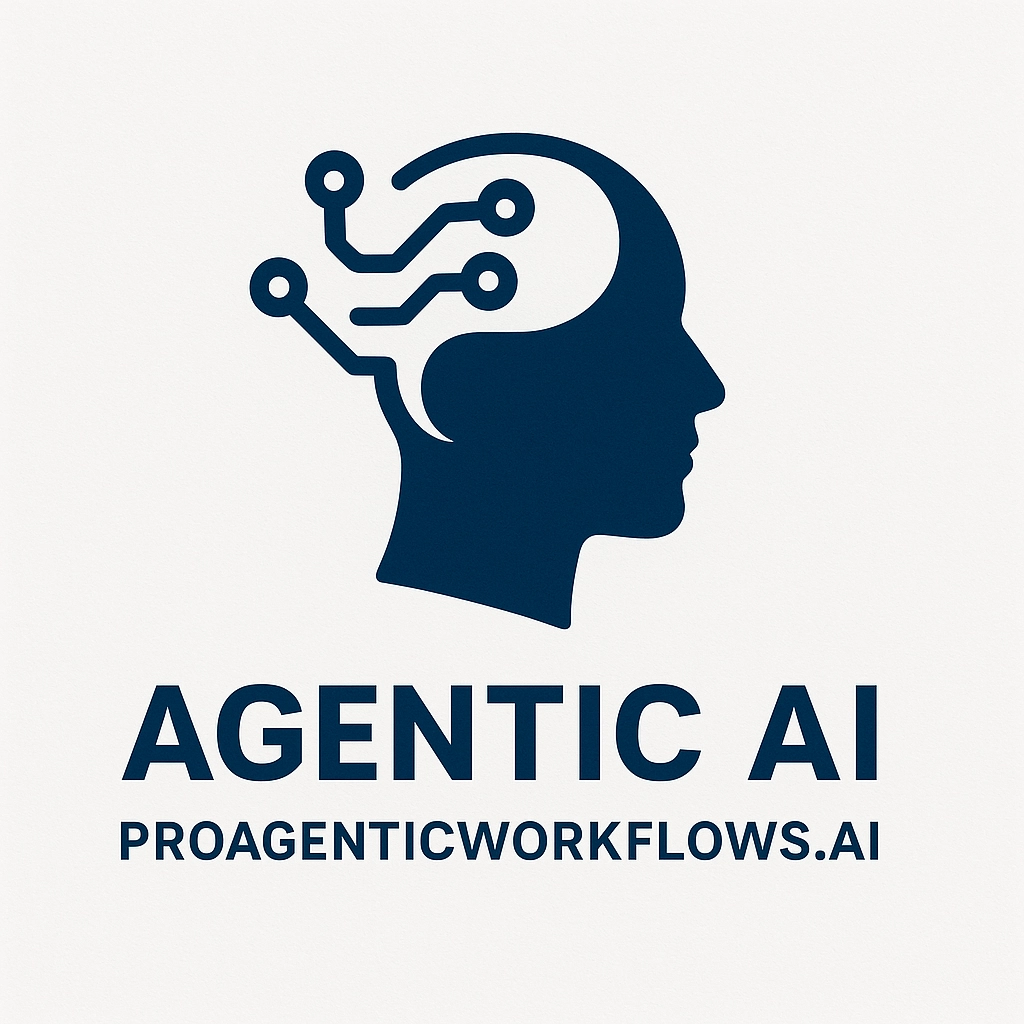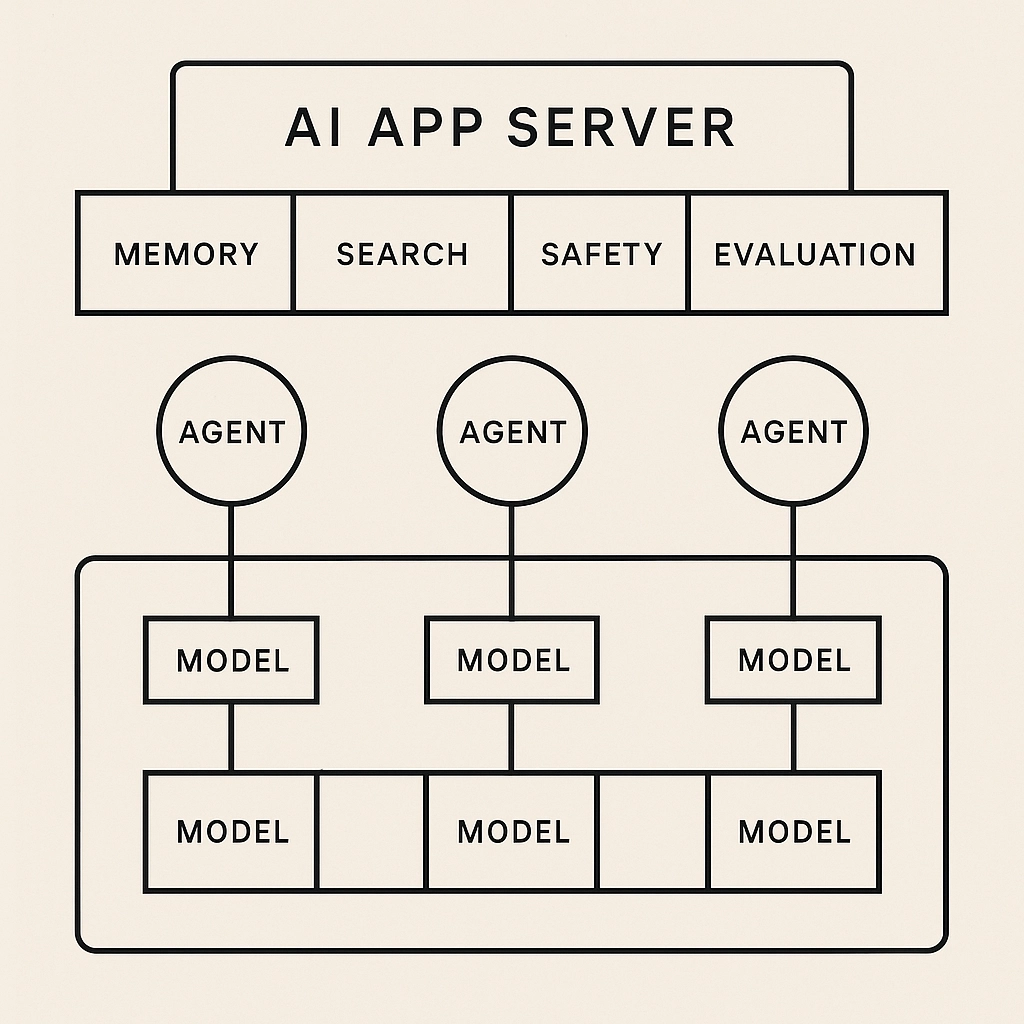The AI agents ecosystem is evolving at a rapid pace, reshaping how we approach tasks, solve problems, and interact with technology. However, alongside the opportunities it presents, the ecosystem faces critical challenges that must be addressed to achieve its full potential. In this blog post, we explore key areas for enhancing AI agent capabilities, addressing maintenance overheads, orchestrating multi-agent systems, managing data challenges, integrating with legacy systems, optimizing costs and latency, improving usability, and enabling domain-specific solutions. Let’s dive in.
1. Enhancing AI Agent Capabilities
Prompt Optimization and Decay Management
Problem: AI agents often experience “prompt decay,” where performance deteriorates over time due to outdated or suboptimal prompts.
Opportunity: Develop dynamic solutions to monitor and optimize prompts in real-time, ensuring sustained accuracy and reducing maintenance costs.
Reducing Hallucinations
Problem: AI models can generate plausible but incorrect information, leading to trust issues.
Opportunity: Build tools for real-time validation, context-aware responses, and explainable AI mechanisms to reduce hallucinations and improve reliability.
Personalization at Scale
Problem: Providing hyper-personalized experiences across diverse user bases remains a challenge.
Opportunity: Create systems that integrate real-time user behavior, preferences, and contextual data to deliver seamless, personalized interactions.
2. Addressing AI Maintenance Overheads
Debugging and Root Cause Analysis (RCA)
Problem: Debugging AI systems requires multi-team collaboration and lengthy RCA cycles.
Opportunity: Automate RCA processes with visualization tools and analytics for faster identification of failure points.
Version Control and Rollbacks
Problem: Managing multiple versions of AI models often leads to inconsistencies.
Opportunity: Develop platforms for seamless version control, model rollbacks, and deployment processes.
Low-Code/No-Code AI Management
Problem: AI adoption is constrained by the need for highly technical expertise.
Opportunity: Build intuitive, user-friendly platforms for non-technical users to create, customize, and deploy AI solutions.
3. Seamless Multi-Agent Orchestration
Agent Collaboration
Problem: Complex tasks require multiple AI agents, but effective orchestration is challenging.
Opportunity: Develop frameworks that facilitate seamless communication, task division, and collaboration among AI agents.
Context Awareness Across Agents
Problem: AI agents often operate in silos, leading to inefficiencies.
Opportunity: Implement shared memory or context management systems to enable cohesive and efficient agent collaboration.
4. Data Challenges
Data Privacy and Security
Problem: AI systems heavily depend on user data, raising privacy concerns.
Opportunity: Design solutions with privacy-first principles, such as federated learning and anonymized data pipelines.
Synthetic Data Generation
Problem: High-quality labeled data is scarce and expensive.
Opportunity: Create platforms for generating synthetic data to train AI models in niche or underserved domains.
Bias Detection and Mitigation
Problem: AI systems often inherit biases from their training data.
Opportunity: Build tools to audit, detect, and mitigate biases in AI models, ensuring fairness and inclusivity.
5. Integration with Legacy Systems
Interoperability
Problem: Integrating AI solutions with legacy systems remains a significant hurdle.
Opportunity: Develop plug-and-play AI solutions that seamlessly integrate with CRMs, ERPs, and other enterprise platforms.
Hybrid AI Models
Problem: Industries like healthcare and finance face constraints in adopting generative AI due to regulations.
Opportunity: Create hybrid systems that combine rule-based algorithms with generative AI to address specific needs.
6. Cost and Latency Optimization
Reducing Latency in AI Workflows
Problem: High latencies in AI workflows, especially with multiple LLM calls, impact user experience.
Opportunity: Optimize multi-agent systems and develop lightweight models for real-time applications.
Cost-Efficient AI Deployment
Problem: Running large AI models at scale is cost-prohibitive.
Opportunity: Innovate with model compression, edge deployment, and cost-efficient cloud hosting solutions.
7. Usability and Explainability
AI Explainability
Problem: Many hesitate to adopt AI due to its “black-box” nature.
Opportunity: Design AI systems with transparency, audit trails, and explainable decision-making processes.
Human-in-the-Loop Systems
Problem: Fully autonomous AI struggles with edge cases that require human judgment.
Opportunity: Enable seamless human oversight and intervention in AI workflows.
8. Domain-Specific AI Solutions
Vertical AI Agents
Problem: General-purpose AI agents lack domain expertise.
Opportunity: Develop specialized AI agents tailored to industries like healthcare, finance, travel, or legal sectors.
Regulatory Compliance
Problem: Strict regulations in industries like healthcare demand compliance-ready AI solutions.
Opportunity: Embed compliance frameworks directly into AI workflows.
9. Scaling AI for Enterprise
Workforce Augmentation
Problem: Enterprises aim to enhance productivity through AI but lack scalable solutions.
Opportunity: Build AI tools that act as co-pilots for specific roles, such as developers, marketers, and customer support agents.
End-to-End AI Workflows
Problem: Enterprises struggle with fragmented AI tooling.
Opportunity: Create unified platforms to manage the entire AI lifecycle, from data ingestion to deployment and monitoring.
10. Future Trends
Autonomous Agents for Task Completion
Problem: Current agents provide insights but fail at executing complex workflows autonomously.
Opportunity: Develop multi-agent systems capable of planning, executing, and adapting tasks independently.
Generative AI for Content Creation
Problem: Generative AI still requires significant human intervention for context-specific outputs.
Opportunity: Innovate adaptive systems that produce high-quality, contextually relevant content with minimal human input.
AI-Driven Ethical Decision Making
Problem: Ethical concerns arise from decisions made by AI agents.
Opportunity: Embed ethical frameworks into AI decision-making processes to ensure fairness, transparency, and compliance.
The AI agents ecosystem holds immense promise, but realizing its potential demands solving critical challenges and embracing innovative opportunities. By addressing these areas, we can unlock a future where AI agents become indispensable collaborators across industries, driving efficiency, creativity, and progress.
Key Prediction Areas for Startups in the Near Future
1. Autonomous AI for Operational Efficiency
Startups will increasingly adopt autonomous AI systems to handle complex workflows, from customer support to supply chain management. These AI agents will not just assist but independently complete tasks, reducing human intervention and operational costs. The focus will shift towards multi-agent systems that collaborate seamlessly and adapt dynamically to real-world scenarios.
2. Hyper-Personalization at Scale
Startups will leverage real-time data streams and advanced AI algorithms to deliver hyper-personalized experiences. This will span from personalized product recommendations to tailoring marketing campaigns for micro-segments of users. Real-time adaptability and cross-platform data integration will become standard to retain customer loyalty and improve engagement metrics.
3. AI-Native Solutions for Sustainability and Ethical Innovation
The next wave of startups will prioritize AI-driven solutions that align with sustainability goals and ethical considerations. From reducing carbon footprints through optimized logistics to creating ethical AI frameworks, startups will lead in developing solutions that cater to both societal needs and regulatory demands. This will foster trust and attract impact-driven investors.






Comments